Ancient Water Town
Zhujiajiao, ancient water town is about an hours bus ride from Shanghai. Zhujiajiao first appeared as a village market during the Three Kingdom Period. It has 1700 years of history ranging from the Song Dynasty (960-1279) and Yuan Dynasty (1271-1368) when Zhujiajiao was already a busy market place, due to its river ways and canals making transportation of produce easy and convenient. Warehouses backed onto the river and canal frontages for easy loading of produce such as textiles, cotton, and rice.
Zhujiajiao designated a town during the Ming Dynasty
It officially became a town during the reign of Emperor Wanli of the Ming dynasty by which time Zhujiajiao had become a large trading centre. Eventually, during the Qing Dynasty ( 1644 to 1912), the water town had grown to such an extent it became a major regional distribution center for rice and other agricultural products. It now seems such a quiet backwater of canals and bridges, peaceful and tranquil; except for the many tourists who descend in numbers charmed by this picturesque, ancient canal town . Ming and Qing Dynasty houses in traditional colors, grey tiled roofs, white outside walls and dark red trim, and of course bright red lanterns are part of the appeal. The people of Zhujiajiao getting on with quietly with their lives in a traditional manner.
Zhujiajiao is also known as “pearl stream” and the “Venice of Shanghai”, like Venice it has many canals and bridge crossings. The ancient Stone Tablets as you enter the town, are the recorded history of the ancient water town.Worth seeing is the Memorial Hall of Wang Chang one of the “Seven Scholars” of the Qing Dynasty. He was a prolific writer, poet and expert in the translation of Song and Ming Dynasty Buddhist inscriptions on stone (Epigraphy). Wang Chang is also known for his literary philology. His poetic works number over 2000.
Great North Street – Traditional food
We headed down Great North Street, very impressed by the traditional fresh food dishes on display, it all looked appetizing and the aroma’s so inviting, hope we come back this way for lunch. Tried the Zongzi, a glutinous rice stuffed with different fillings, wrapped in some type of leaf (bamboo or reeds I think), very tasty, like a rice dumpling, served steaming hot. The freshwater crayfish looked very tempting, so we tasted those too, yum, so fresh. A variety of fresh lentils and roasted soybean were also tempting.
Traditional dishes are jars of rose-flavored fermented bean curd (made from soy bean), dark-rice Zongzi dumplings, roasted soybeans and pork meat zongzi. The fresh water crayfish are from Dianshan Lake.
Zhujiajiao Traditional crafts – wood carving, knit ware and stone carving. I had my leather boots polished while I waited for a local craftsmen to make five carvings for my grandchildren. I was the lucky one, everyone else wearing joggers?? The local women made an excellent job of my boots, they hadn’t seen polish since I left Sydney 12 days ago, so they needed it.
I loved the narrow paved streets with souvenir shops galore. bright and attractive, just beckoning one in to look, some quite different items on display and all pretty reasonably priced. On the way we met a man with a barrow of straw, later a man with bricks, actually they were stones, workmen replacing the stone slabs on the footpath outside the City God temple.
City God temple -Taoist Temple – Zhujiajiao
The City God Temple is the main place of worship for Taoists. It has three treasures or sacred items, A Stage, Abacus and Ginko tree.The ancient Abacus above the temple door is greatly to be admired, as is the huge incense burner in the grounds and the ancient bronze bell. The Taoists Gods are many and very colorful.
Hall of Paddy and Rice Custom
During our visit to Zhujiajiao I was looking forward to seeing the Qing Post Office, over 100 years old, disappointingly access denied due to street repairs. Instead we visited the Hall of Paddy and Rice Custom.
This is a replica of an old rice firm where you can see displays of the entire process of rice farming (spring polishing,summer weeding, autumn harvest and winter storage). The machinery used made from bamboo and wood, a far cry from modern machinery of today. Various farm tools and information about the customs of the time are also on display and reflects the bustling rice market in the town Zhujiajiao in the 1920’s and 30’s.
“Fang Sheng Bridge”- Ancient canal town
Different bridge designs,timber,marble,mostly stone; would you believe 36 stone bridges. We crossed over a few bridges of different designs and had a good view of the most important bridge. Considered No. 1 Bridge in Shanghai, an elegant, five (5) arched stone bridge called “Fang Sheng Bridge”. We watched as school children crossed the bridge. You can see an almost-perfect circle of reflection in the water from the bridge arches. A single arched bridge with a perfect reflection like this is known as a” Moon Bridge”, very popular in traditional Chinese formal gardens.
The”Fang Sheng” Bridge built in 1571 during the reign of Emperor Longqing of the Ming Dynasty, is the largest ancient bridge in the Yangtze river Delta. The name “Fang Sheng” means ‘to set free’; a traditional Buddhist custom of setting free small animals such as turtles, fish and the like, considered good karma.
Lang Bridge (Veranda Bridge), also named Huimin Bridge, is the only wooden bridge in Zhujiajiao and has a covered roof (like a veranda); the roof has classical Chinese upturned eaves.
Row Boat versus Motor Boat
I hope motor boats will not take over the canals and destroy the calm and peaceful tranquility of Zhujiajiao town. This is a fairly old boat with a motor and not a motor boat, not to be compared with the speed boats that race around the main canals in Venice.
Our tour group enjoyed a journey through the canals, under a bridge here and there, light green leafy trees and bright red lanterns adding contrast to the quaint Ming and Qing Dynasty houses along the canal. The covered row boats steered gently through the water with a long wooden paddle attached to a rudder.
This mode of travel far more fitting for the environment than a noisy motor boat of any sort. We enjoyed the unusual music played by a canal resident from his doorway. I found out afterwards this is an ancient instrument known as an “Erhu”, a two-stringed vertical fiddle, its origin dates back to the Tang Dynasty (618-907).
We said farewell to our very pleasant boatman under the arched bridge, and to this beautiful old water town Zhujiajiao, headed back, up Great North Street to the Bus Station and back to Shanghai. One more night in Shanghai and we head back to Sydney via Kuala Lumpur.
Related Posts:
- Huxinting-teahouse-mid-lake-pavilion-old-town-shanghai
- Yu Yuan Garden and bazaar yu bazaar shanghai old town
- Port of shanghai-Jin Mao Skywalk
- Yangshuo impressions sanjie liu open landscape theatre
- Yangshuo countryside and fisherman li river yangshuo
- Boat trip limestone peaks li river guilin to yangshuo China
- Dragons backbone terraced rice fields Pingan village Longsheng
- Journey to Longsheng Rice Terrace
- Attractions Guilin fountains-and-silver moon pagoda guilin china
- Reed flute cave and grotto Guilin China
- Top Five Attractions in Beijing
- Visit the Jade Belt Bridge
- The Marble Boat
- the long corridor at the summer palace
- the fascinating summer palace in beijing china
- The Forbidden City China
- The temple of Heaven Park
- Lama Temple
- Great Wall of China
- Top ten places to visit China
- Xian City Wall
- Discover Xian|Big Wild Goose Pagoda Xian China
- Terracotta Army Emperor Qin
- Emperor qins terracotta army challenges and discoveries
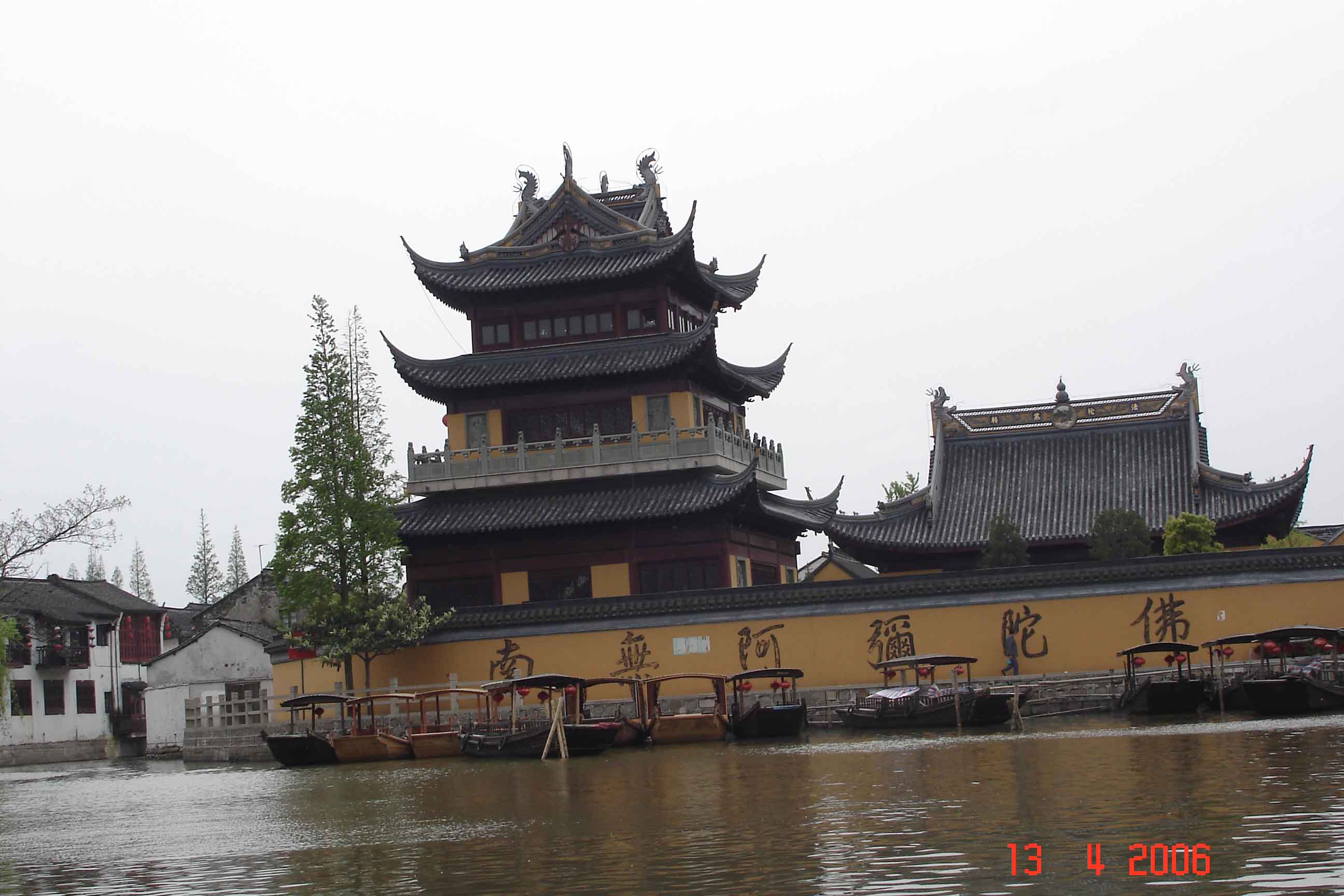
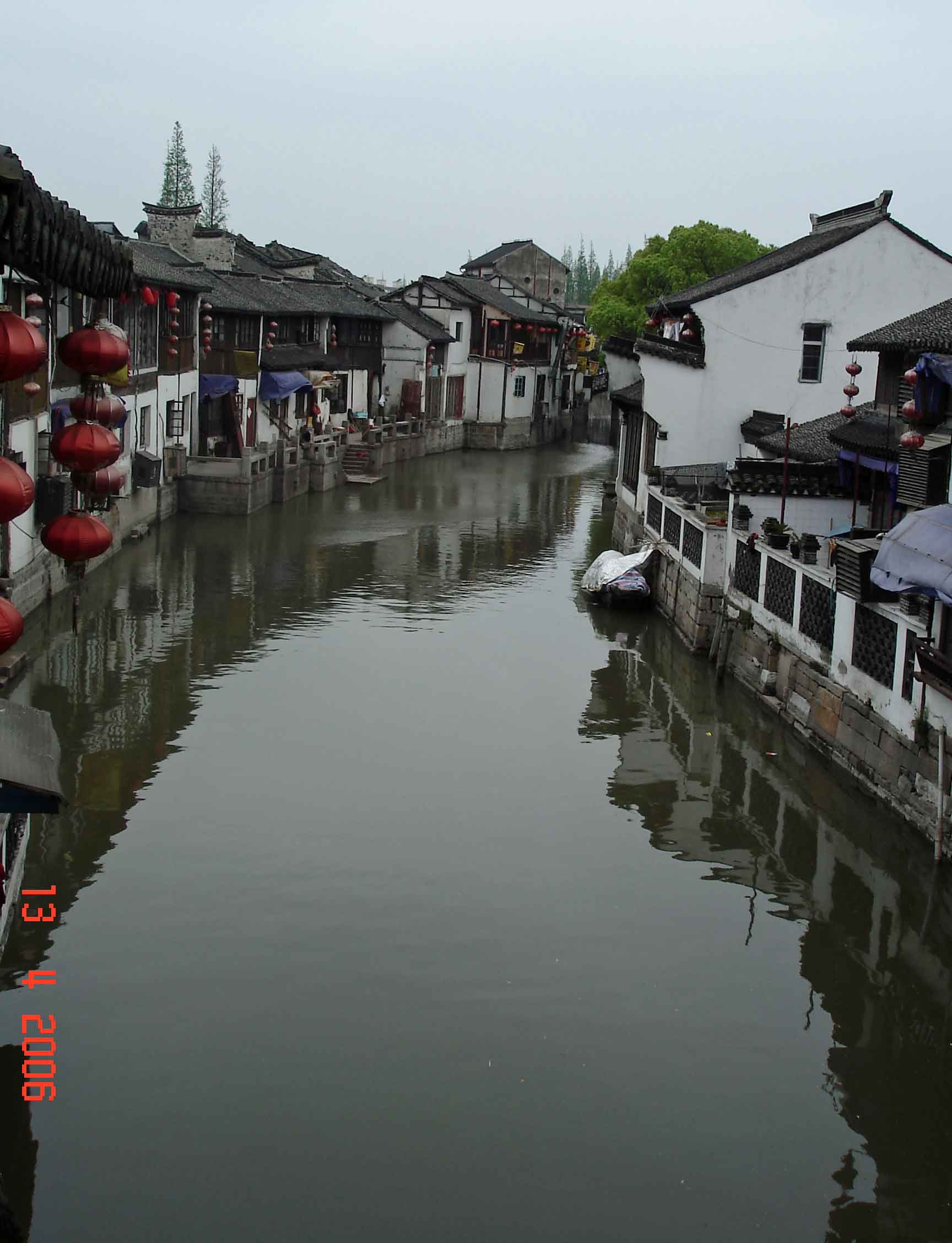
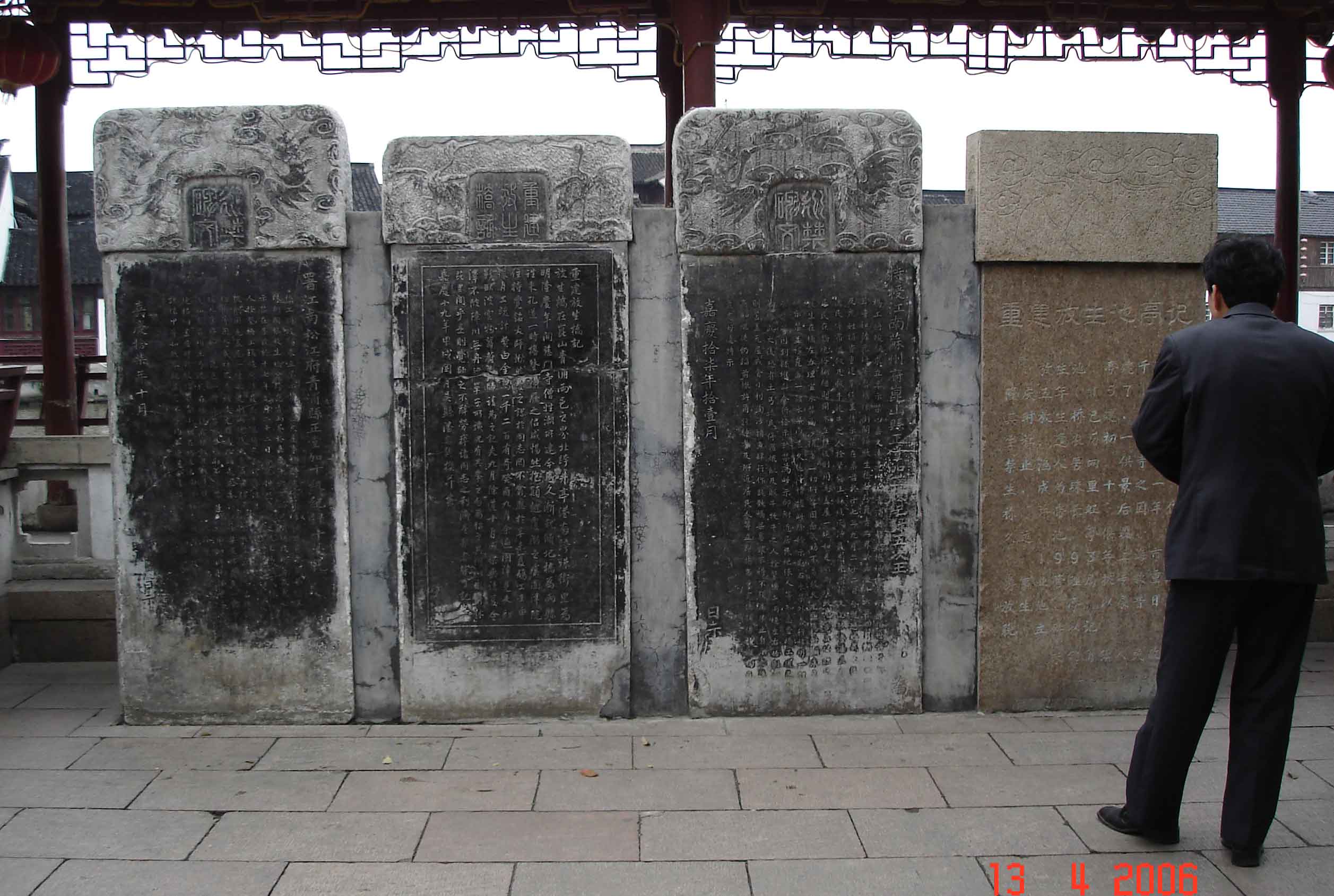
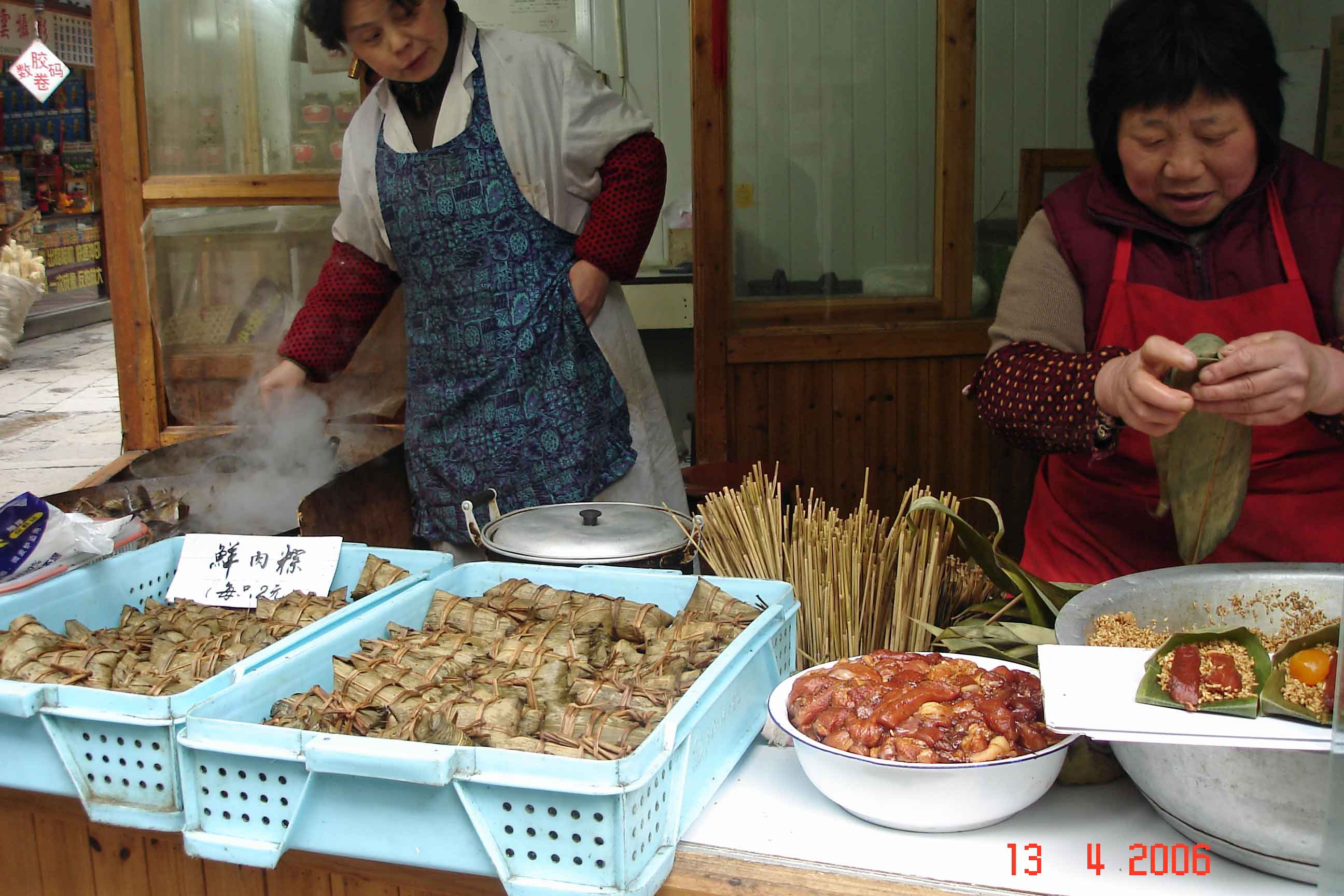
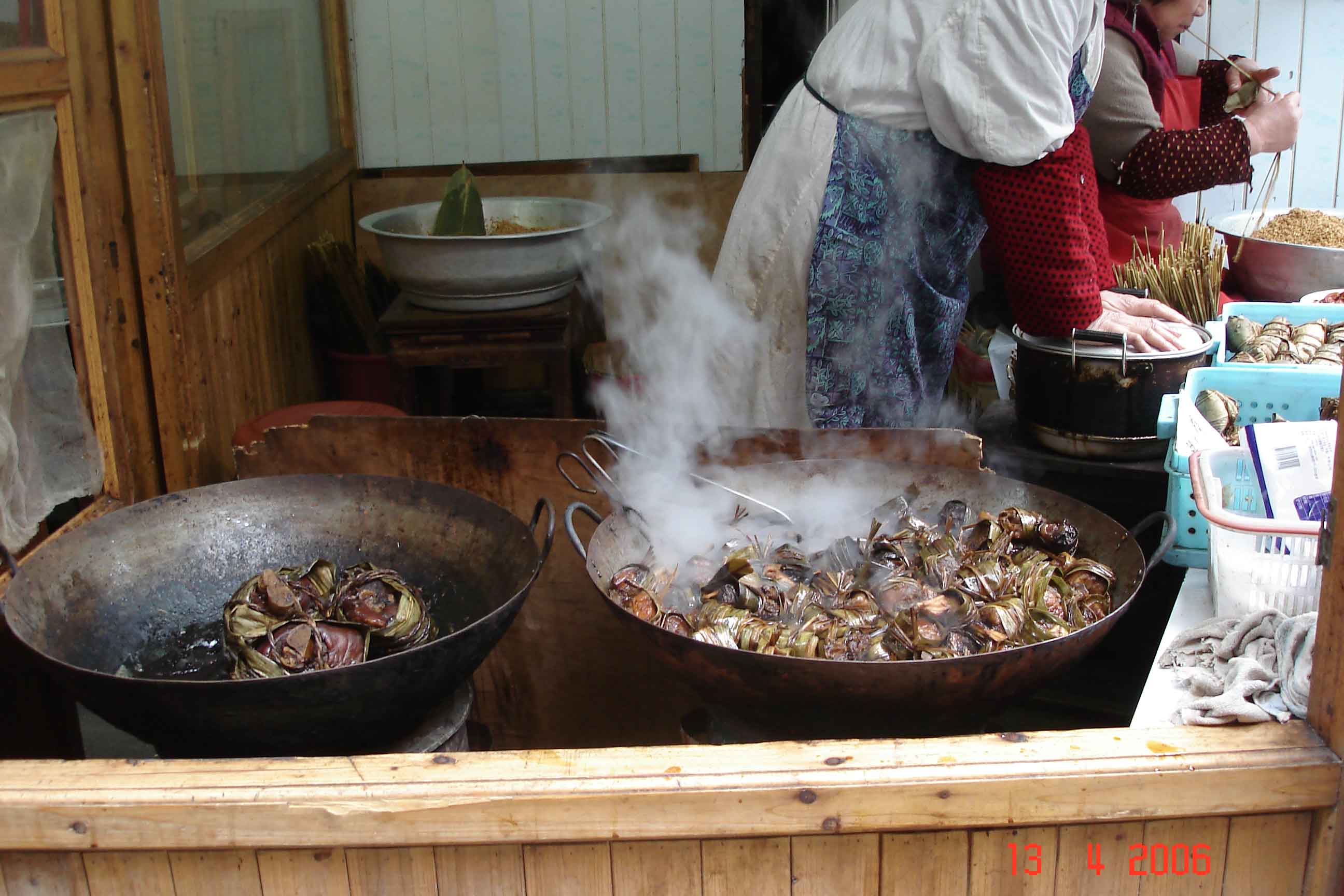
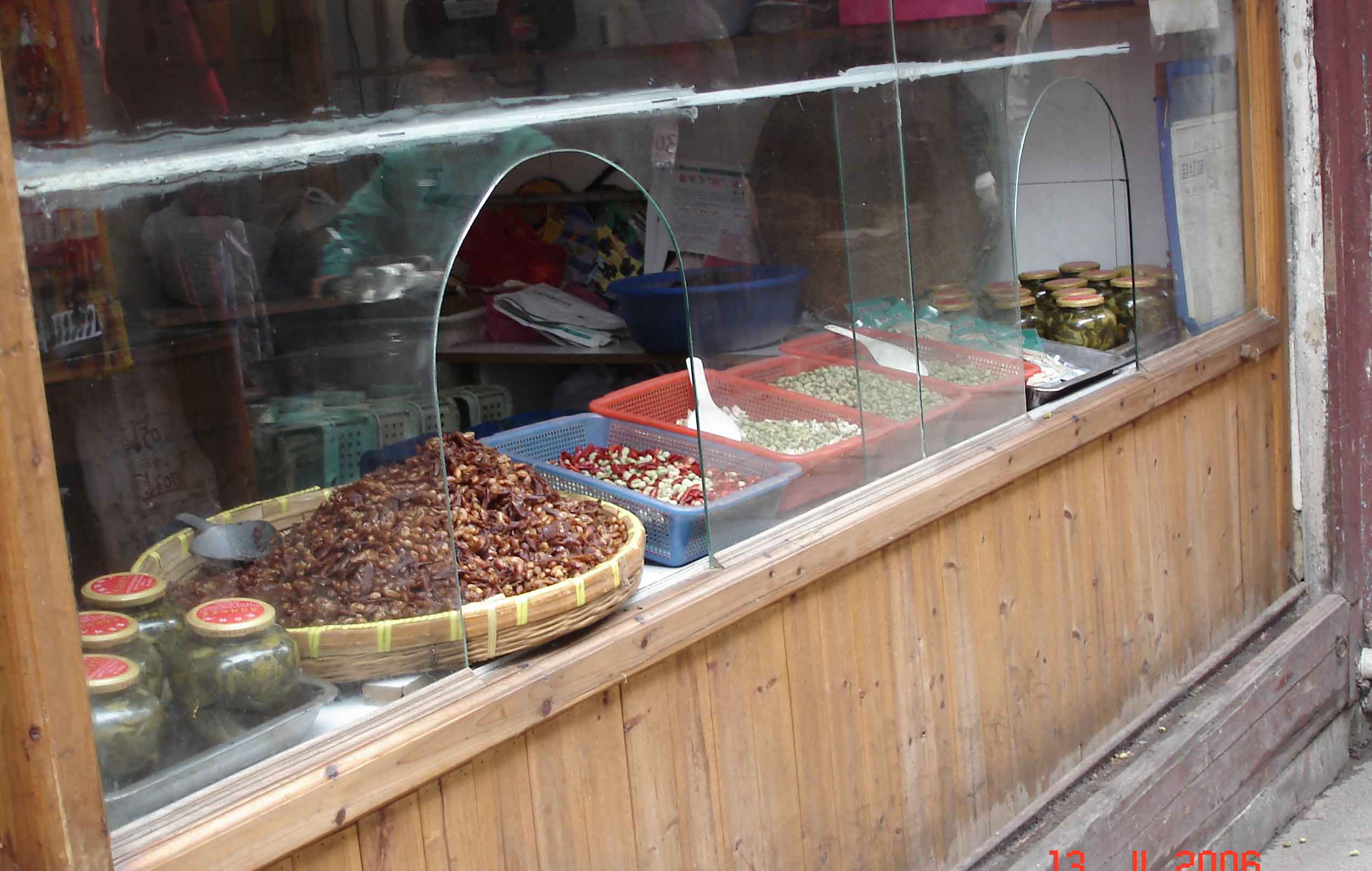
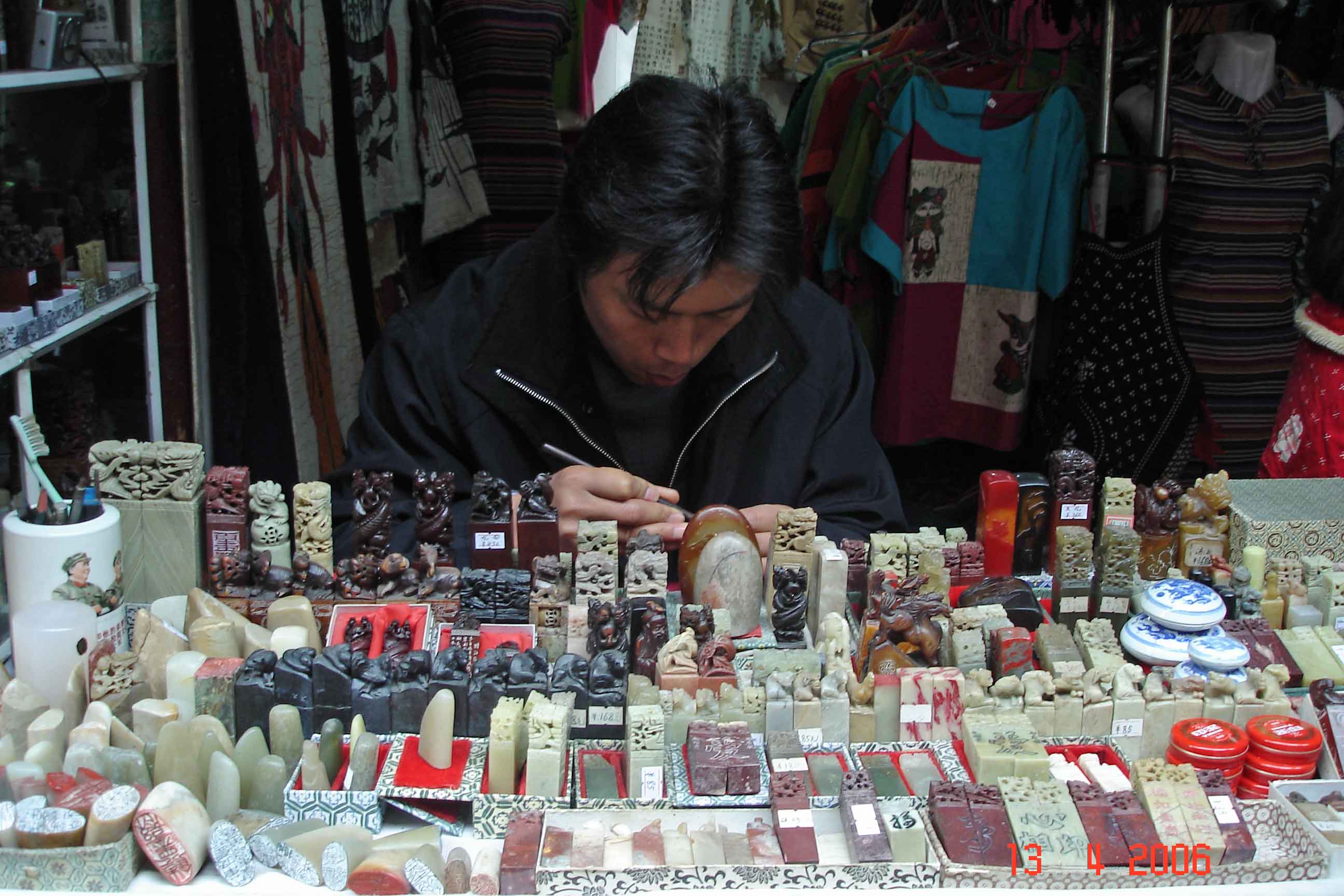
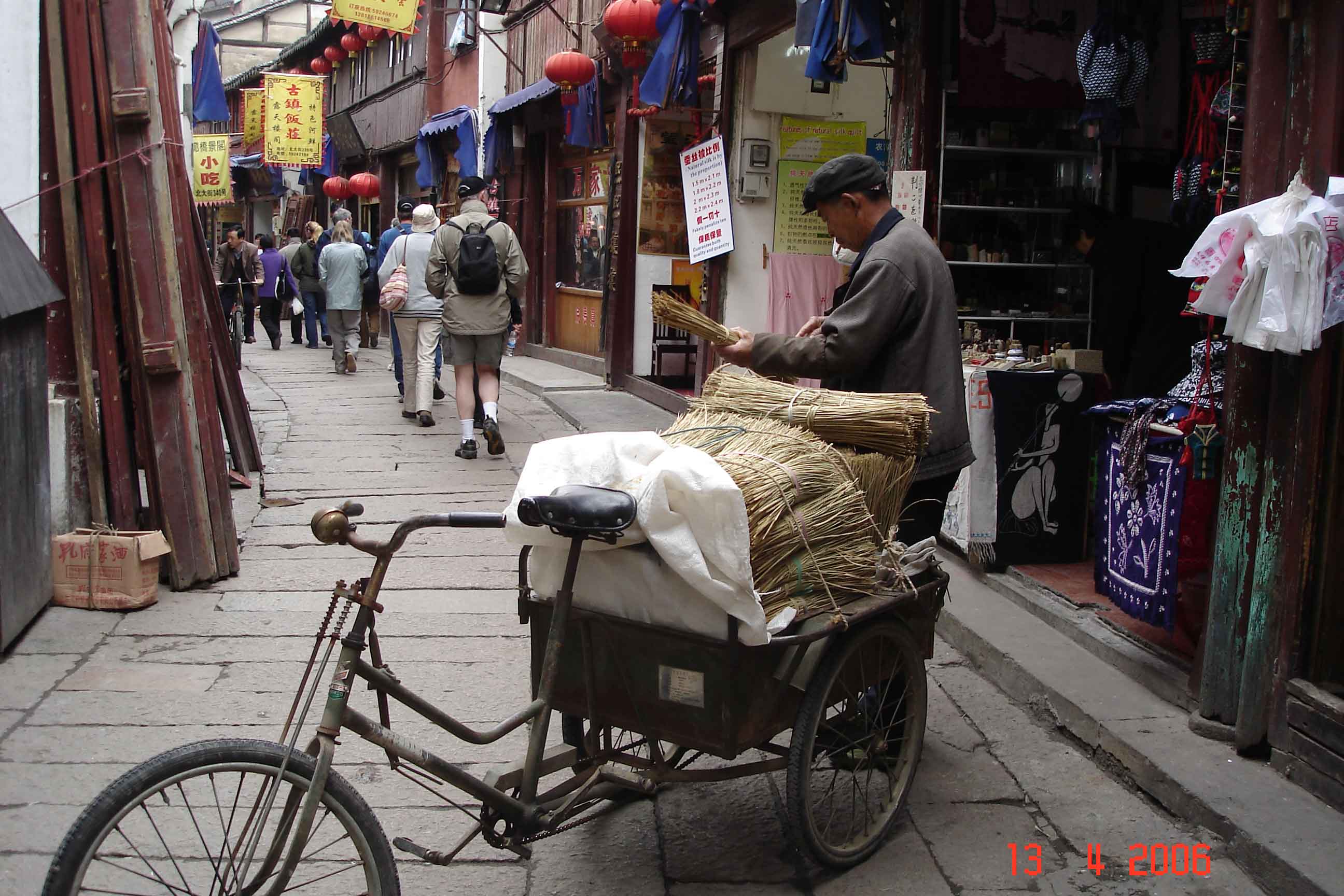
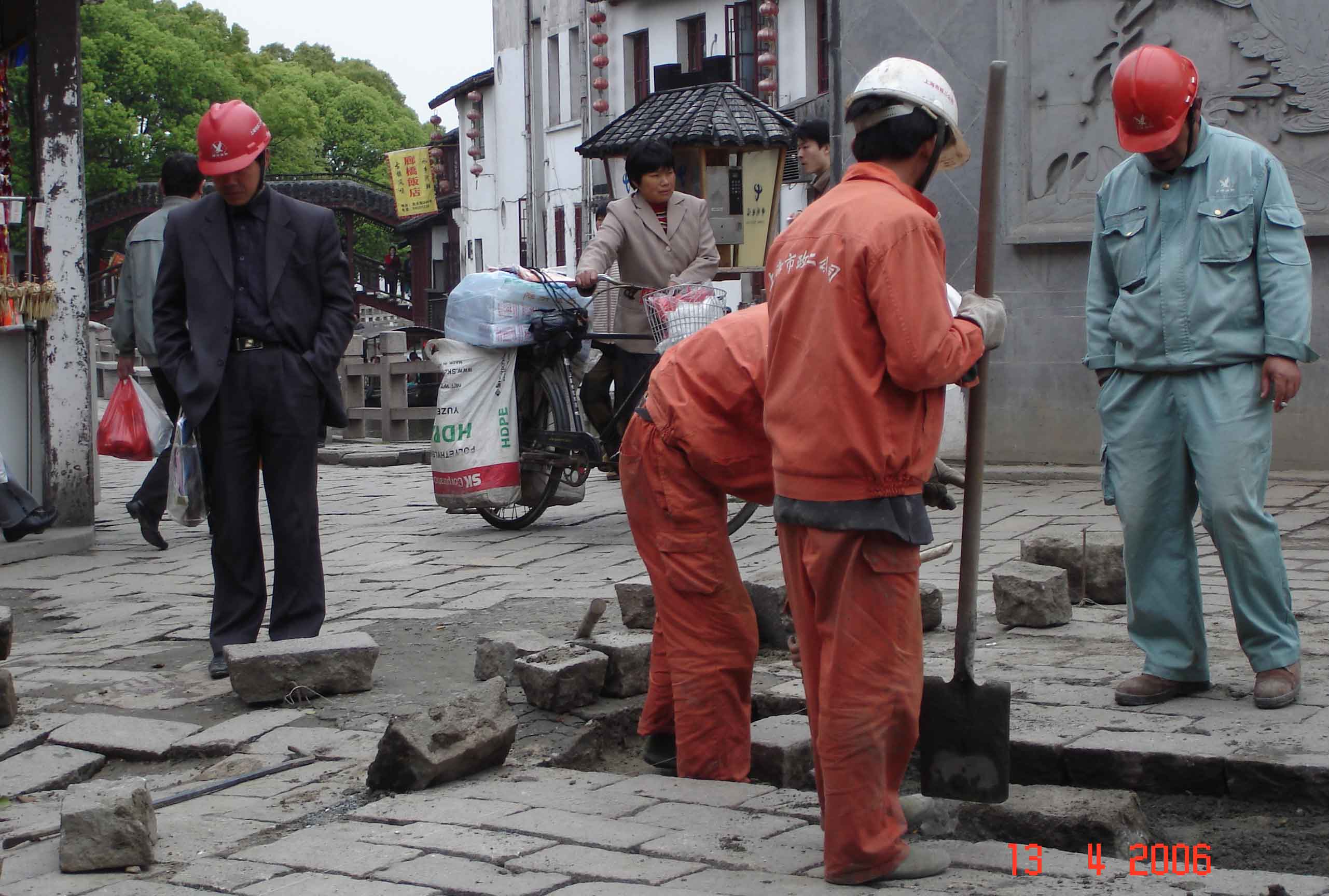
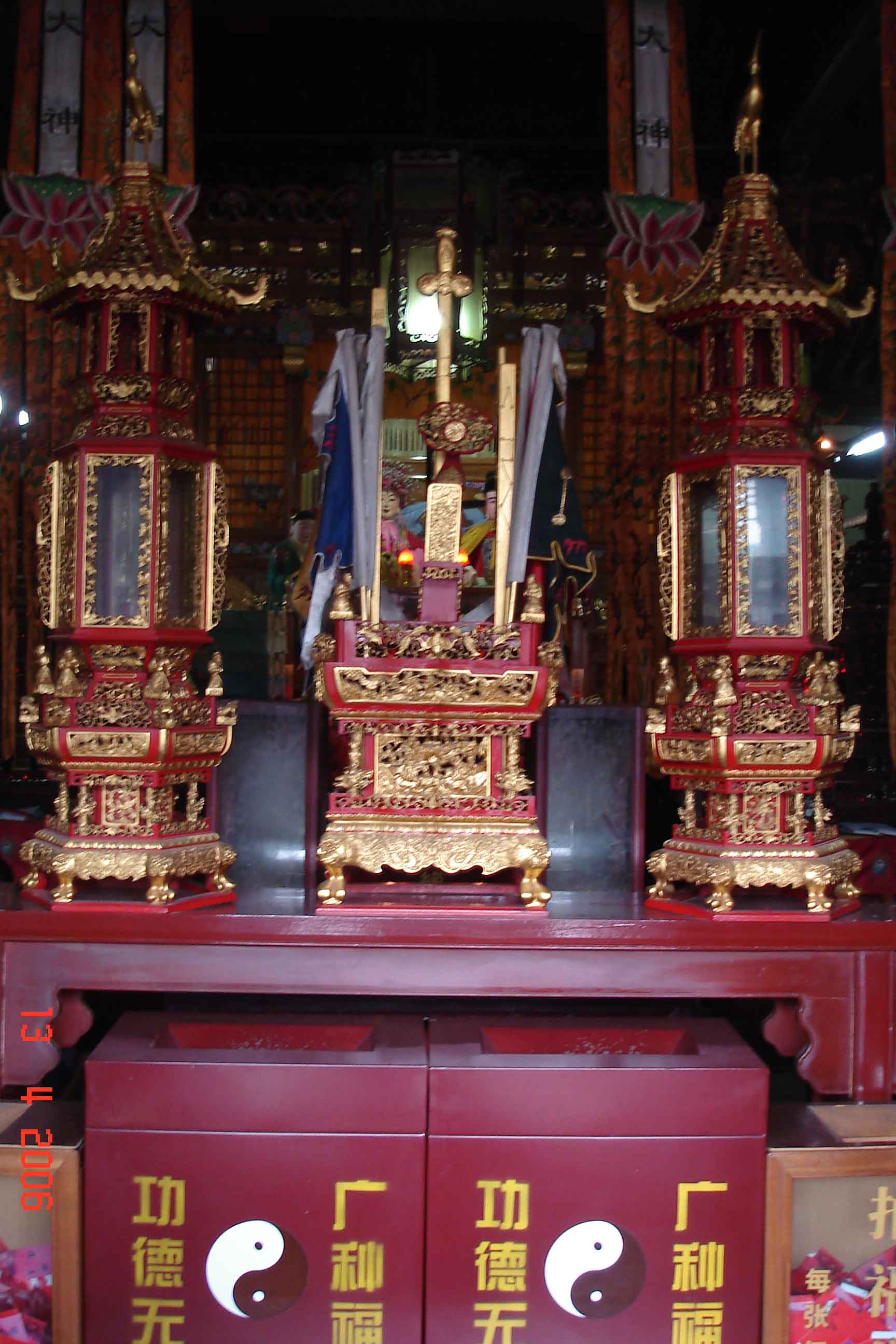
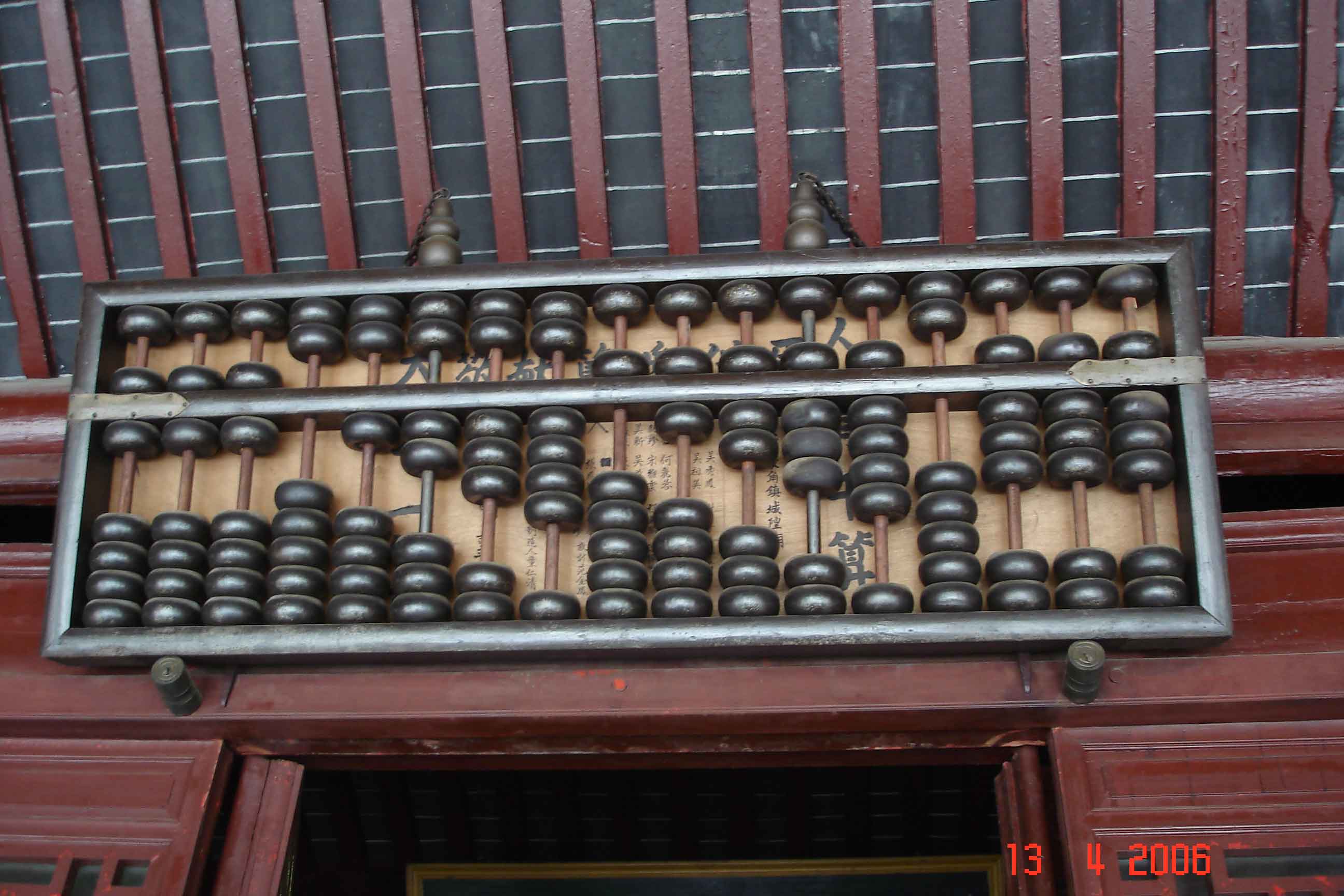
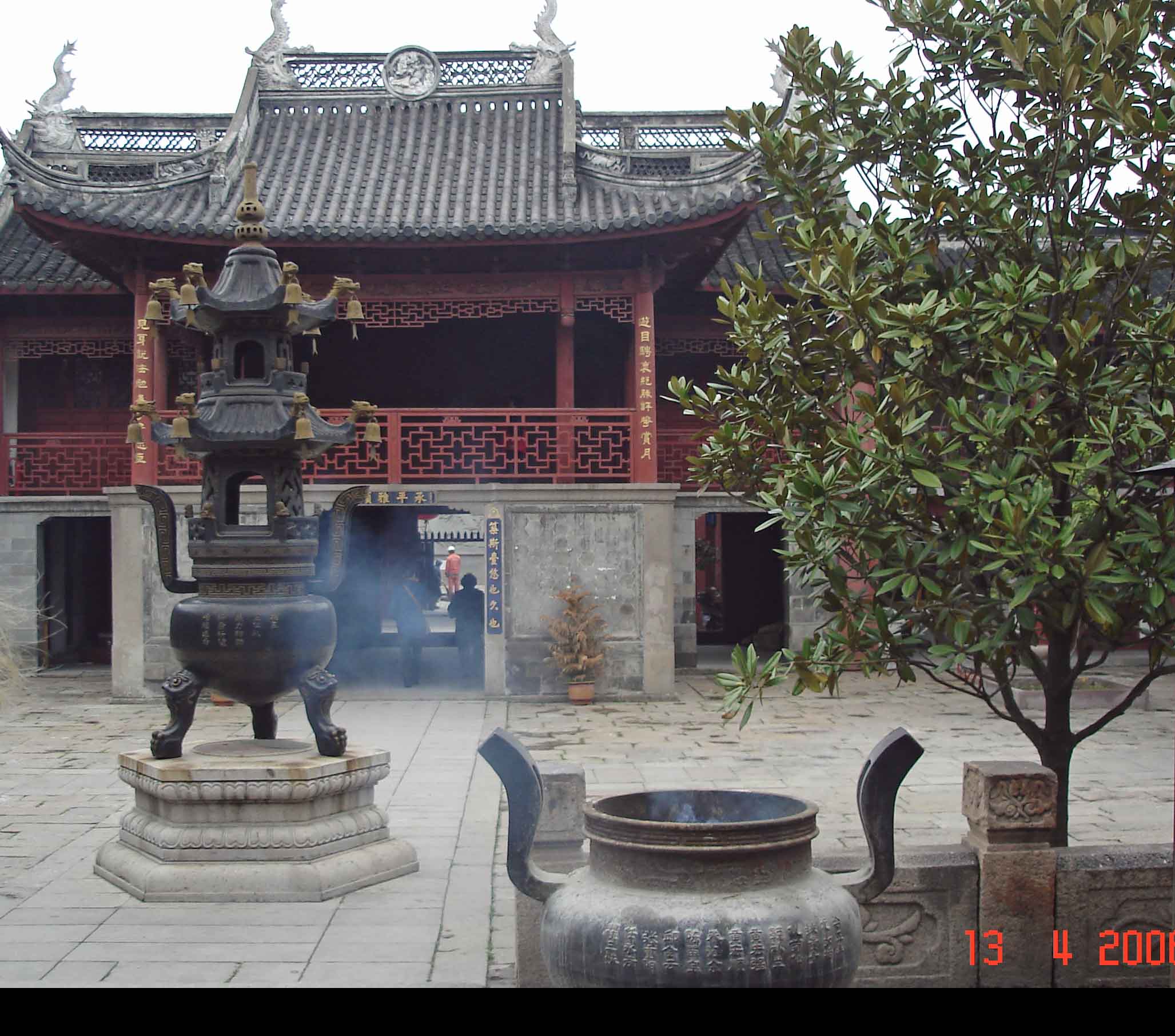
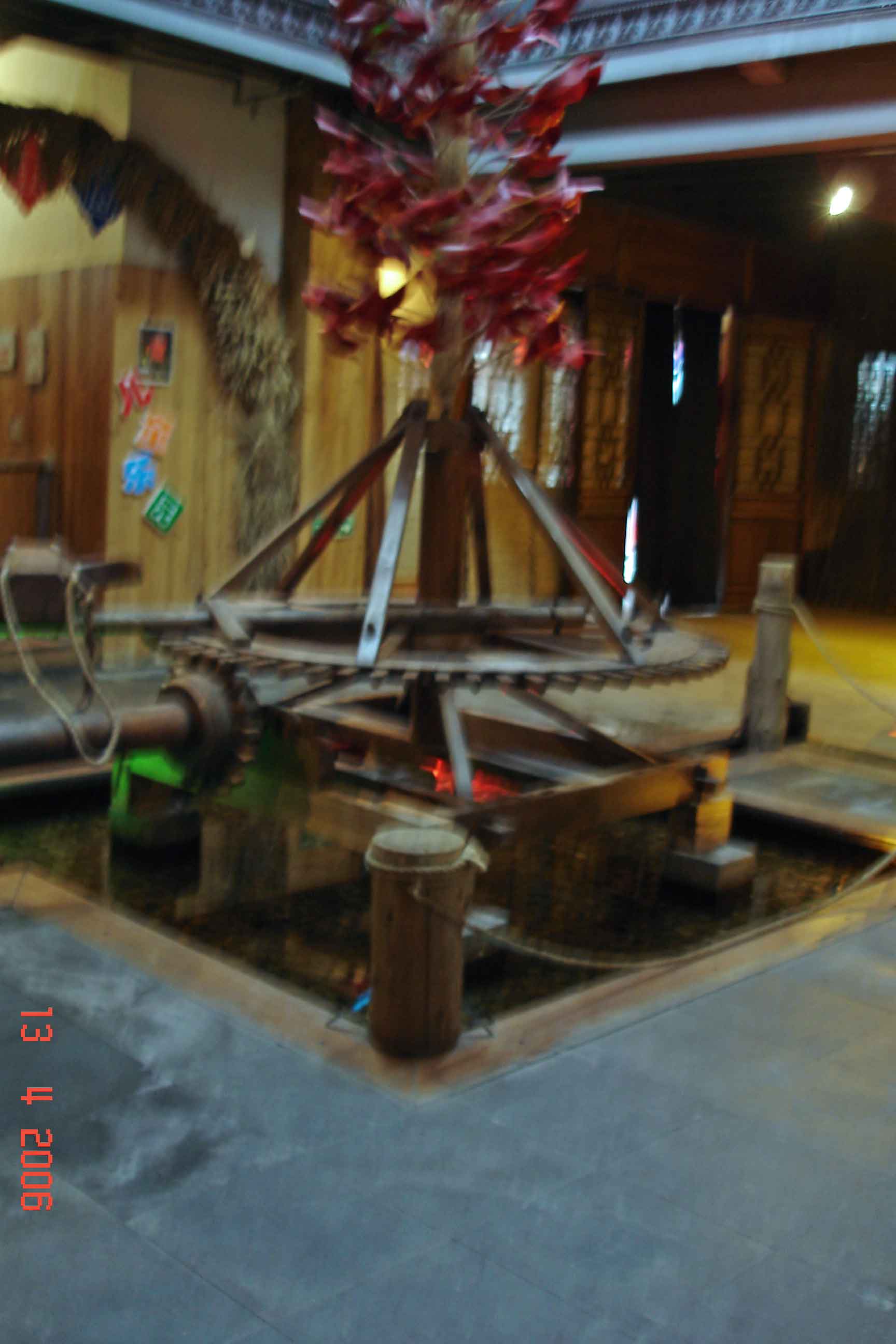
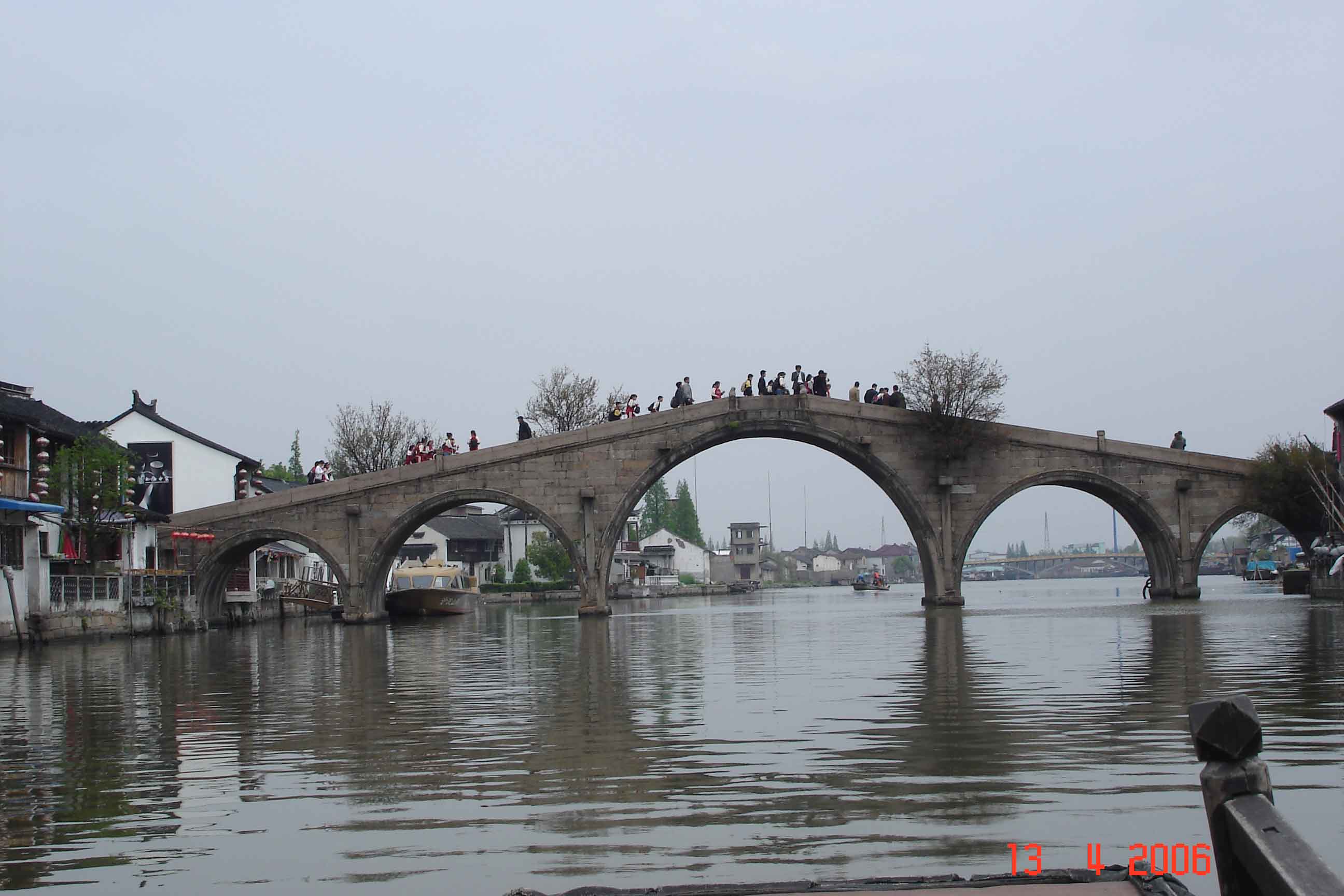
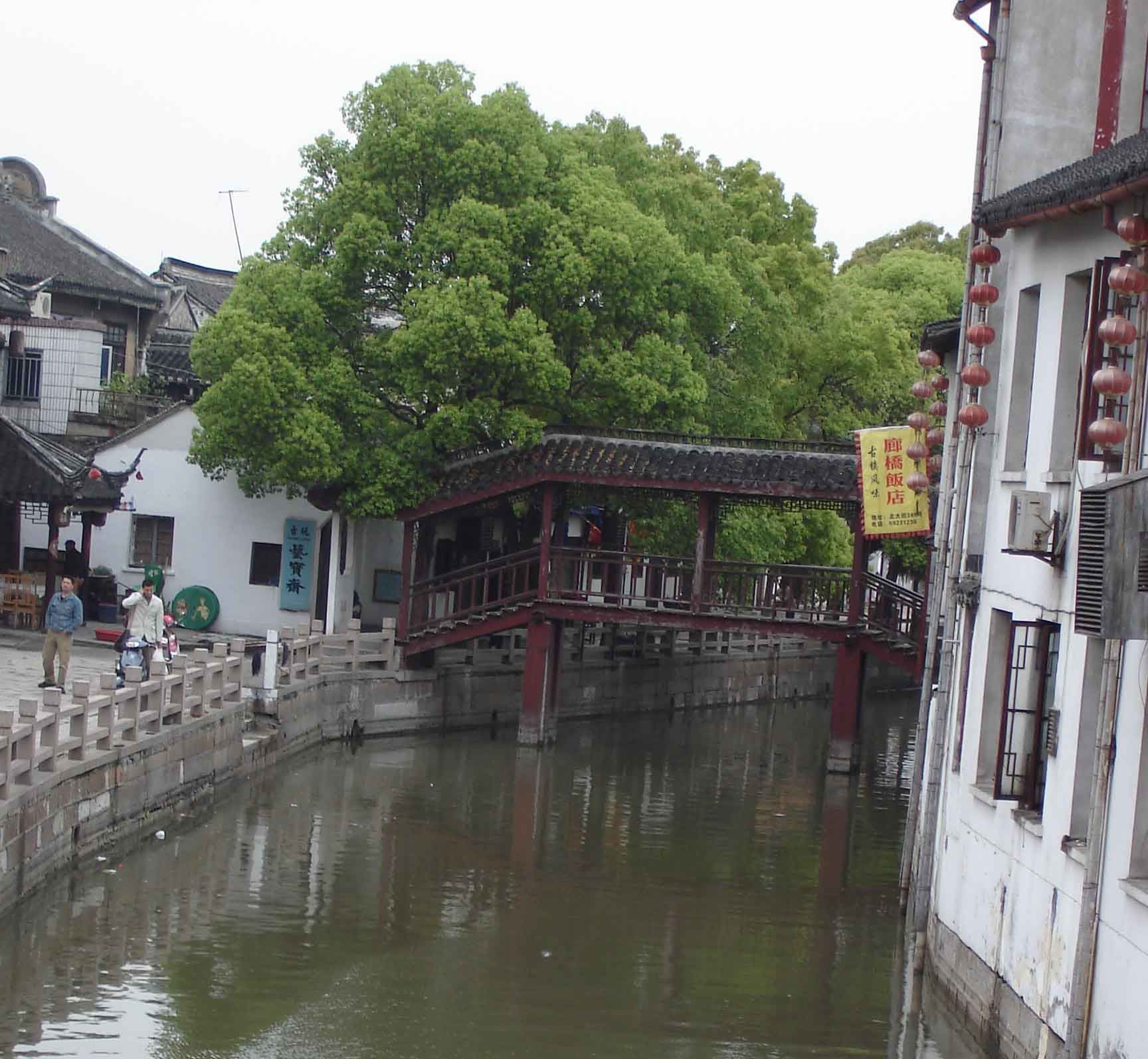
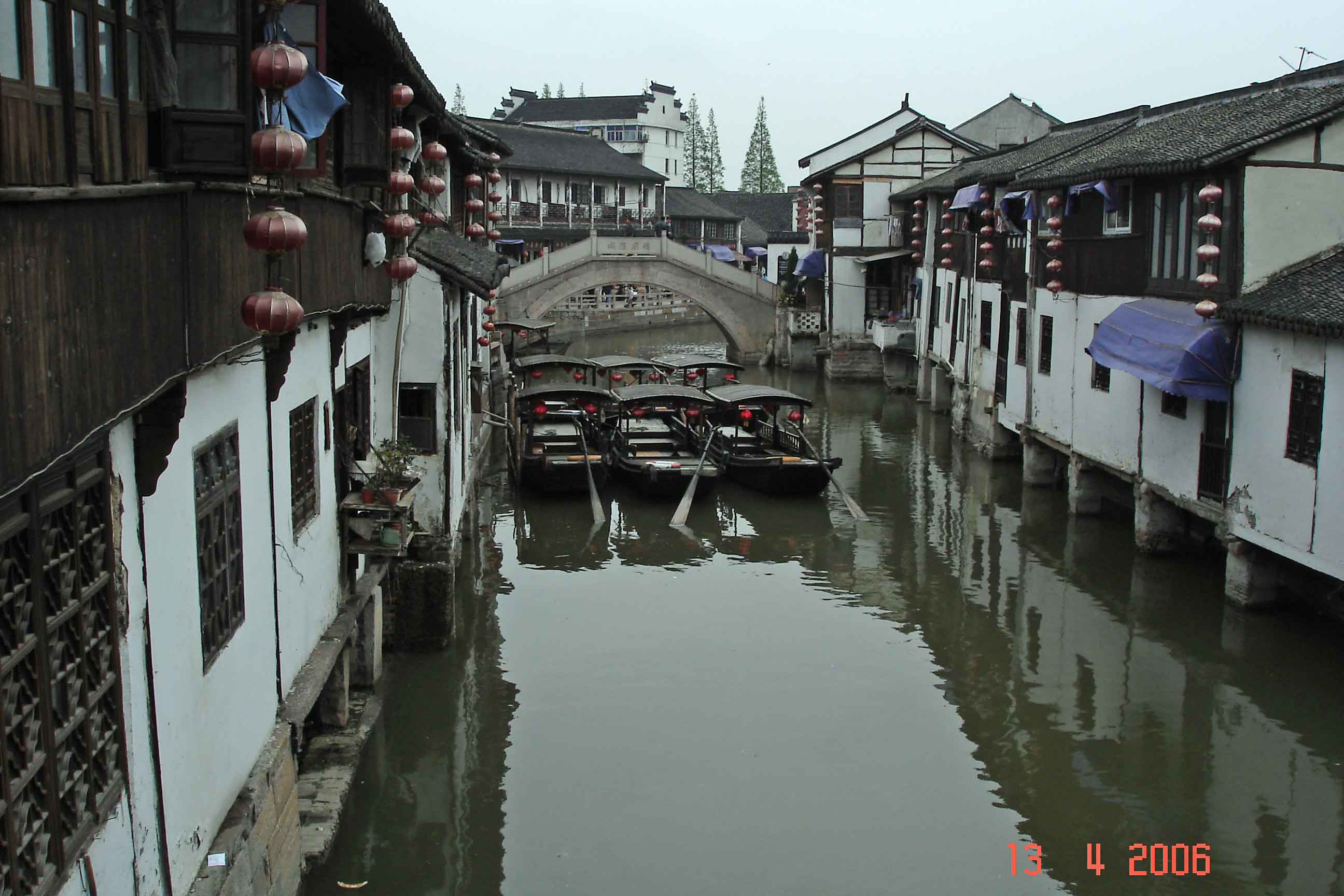
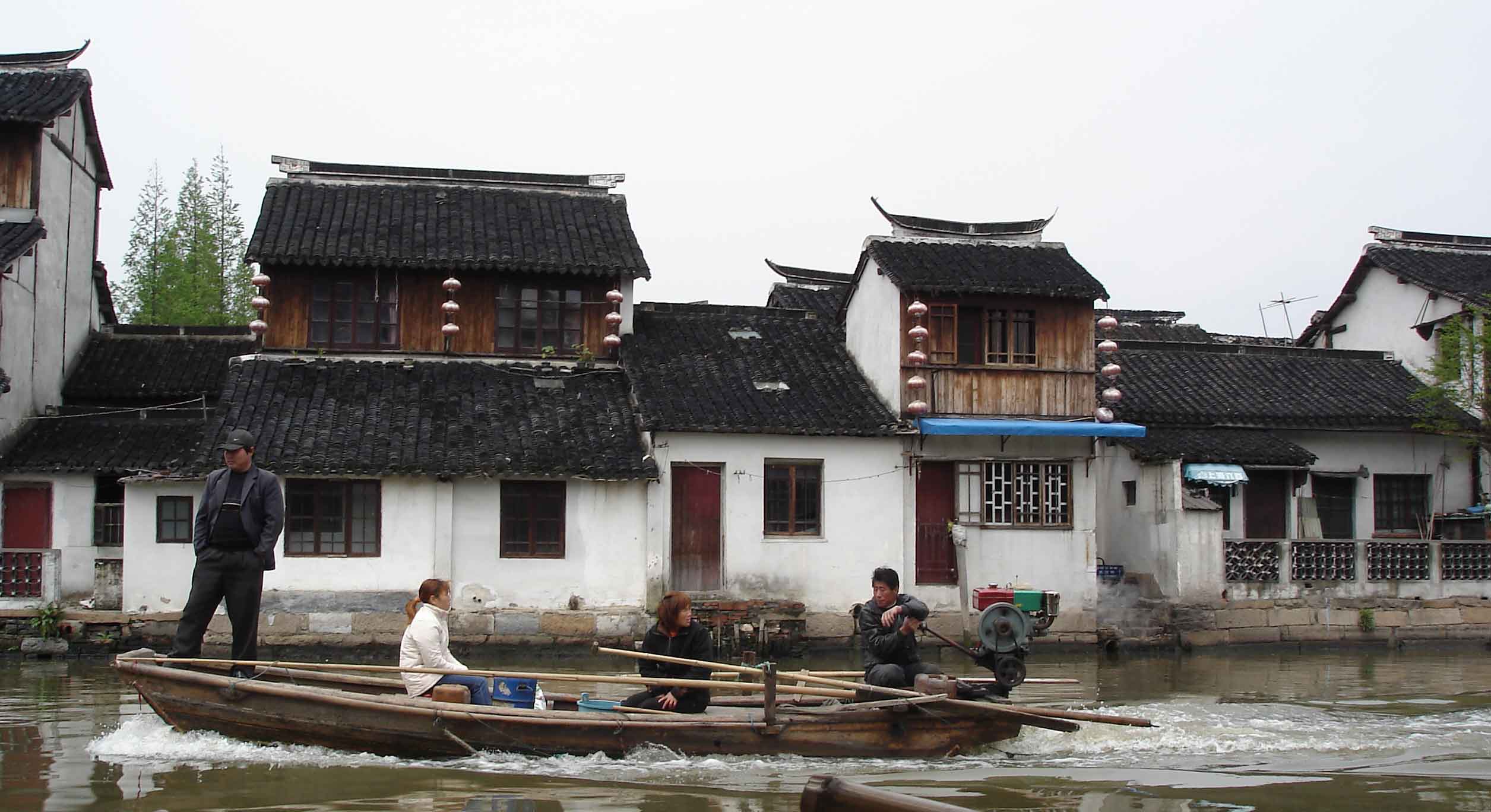
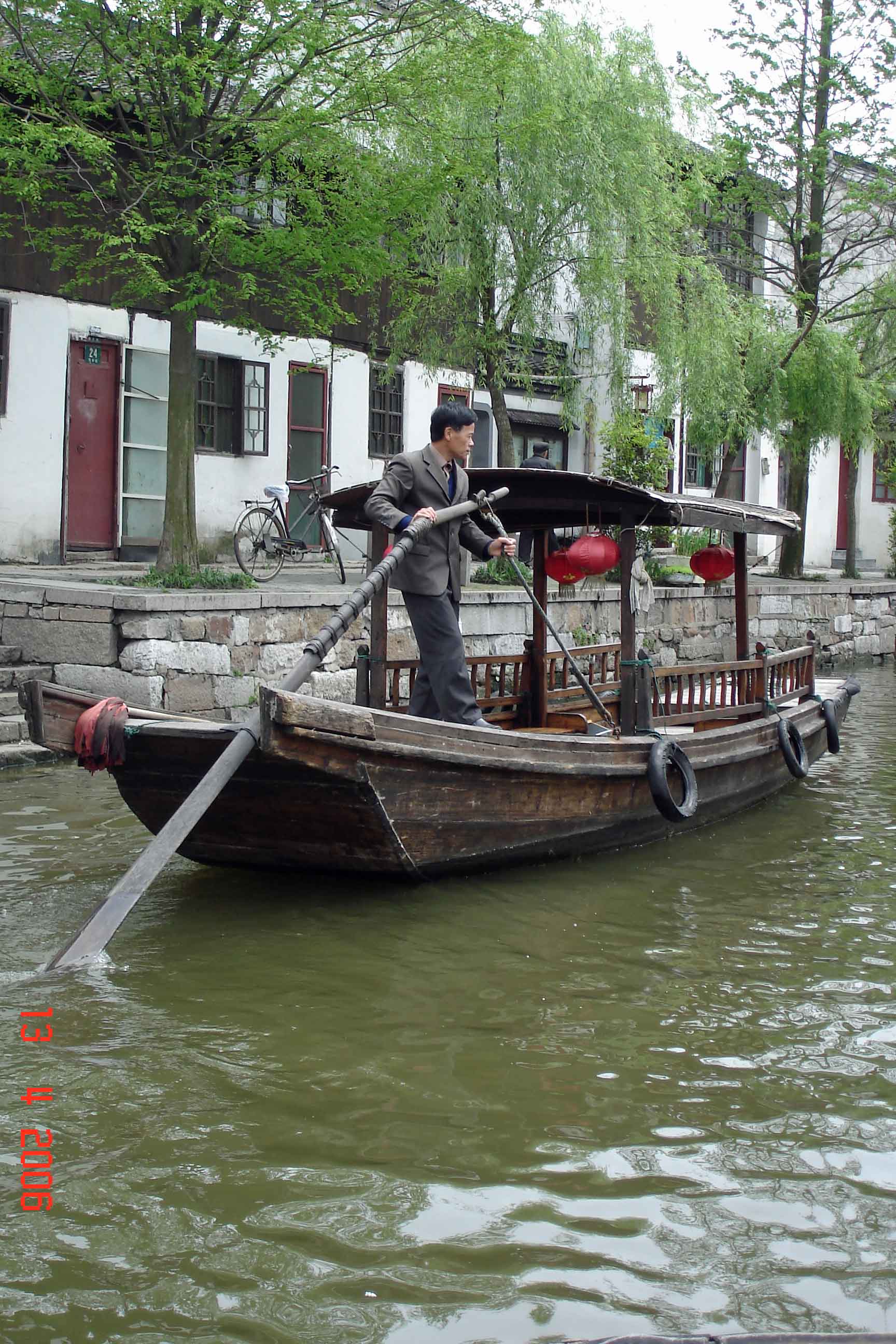
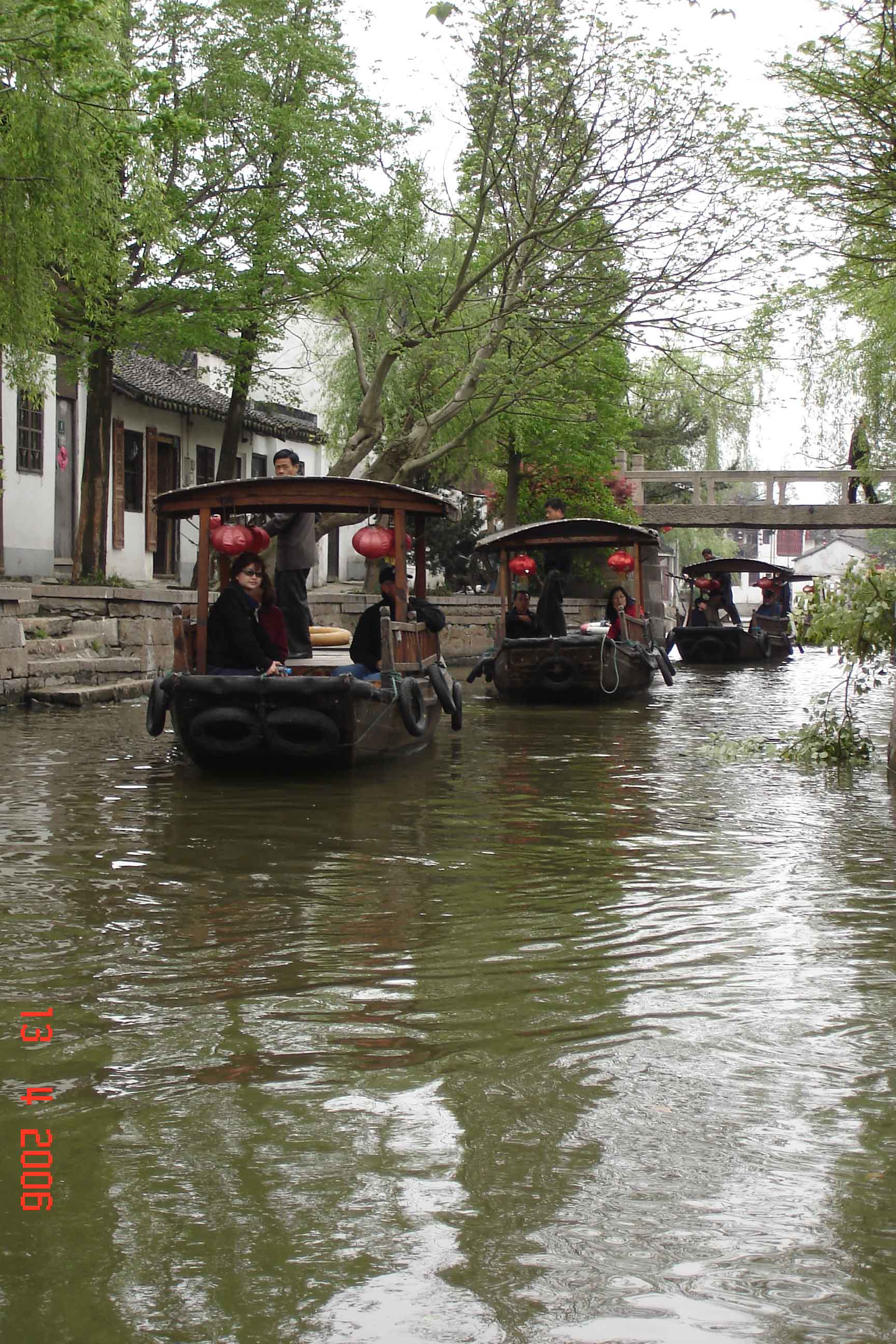
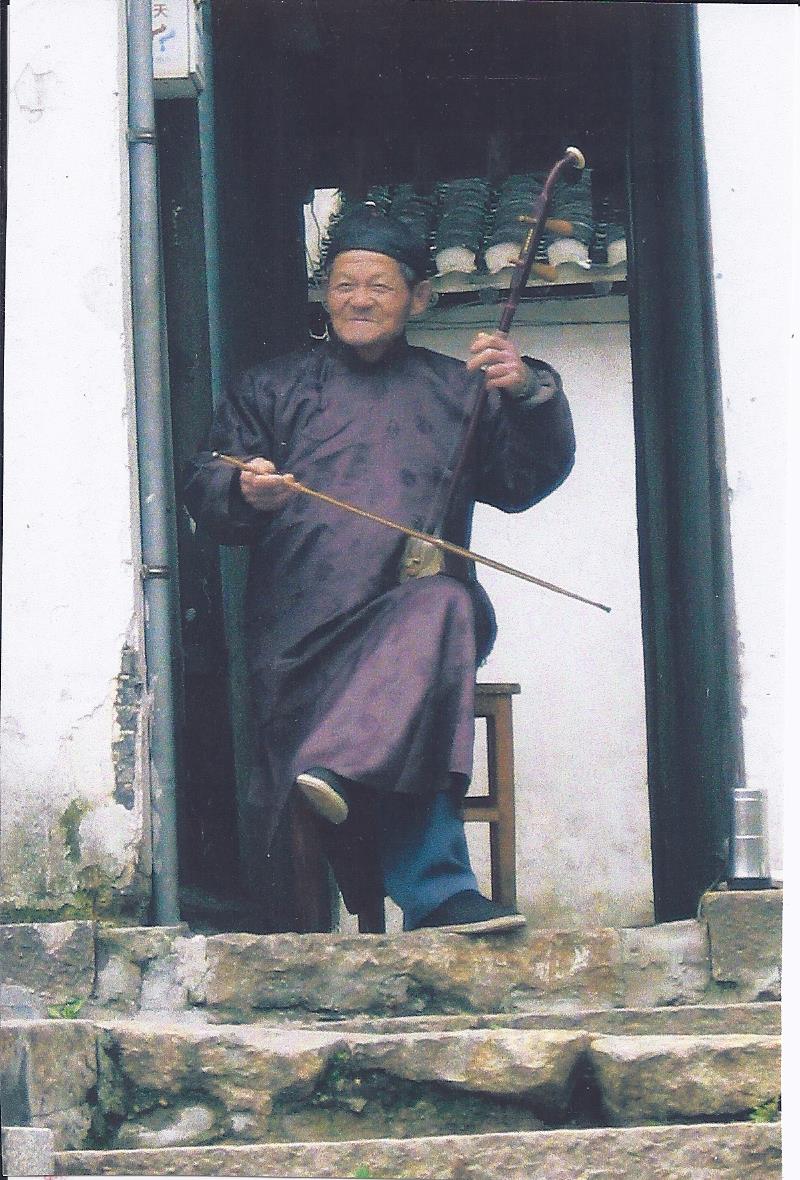
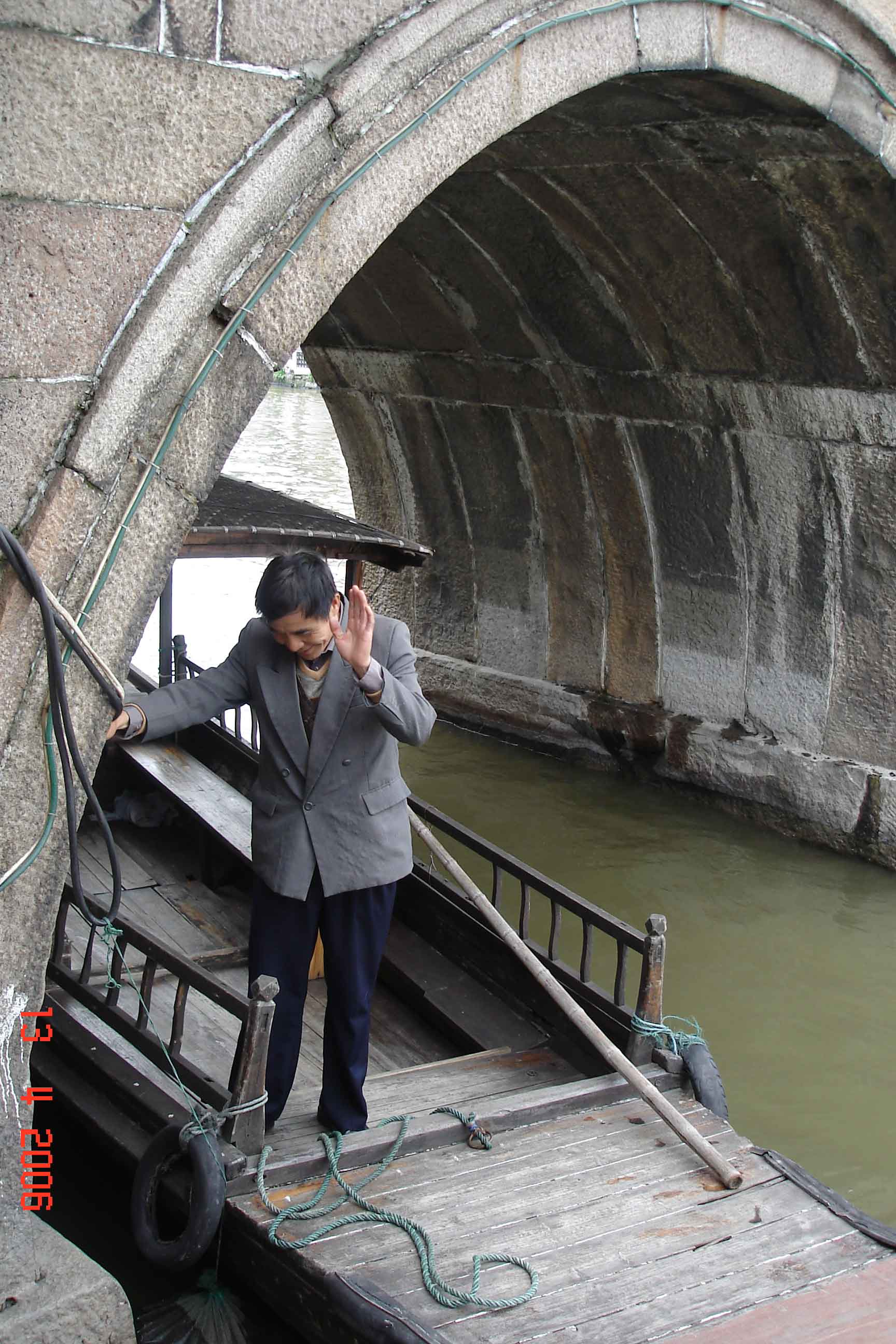
Speak Your Mind